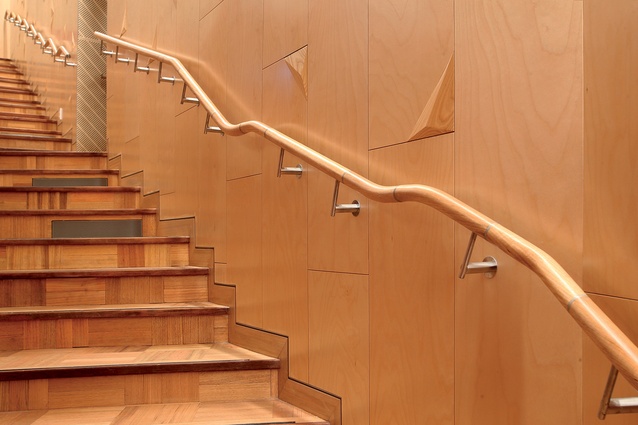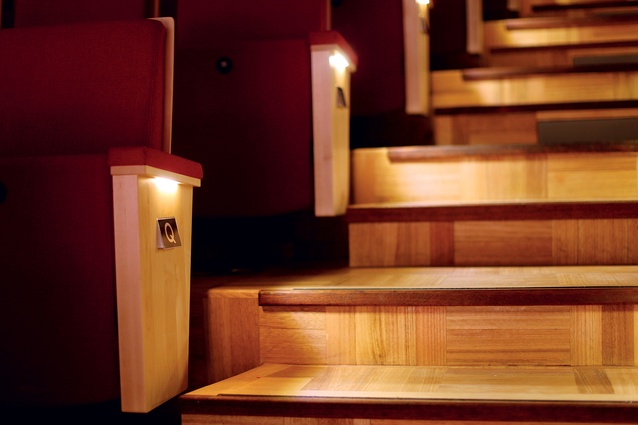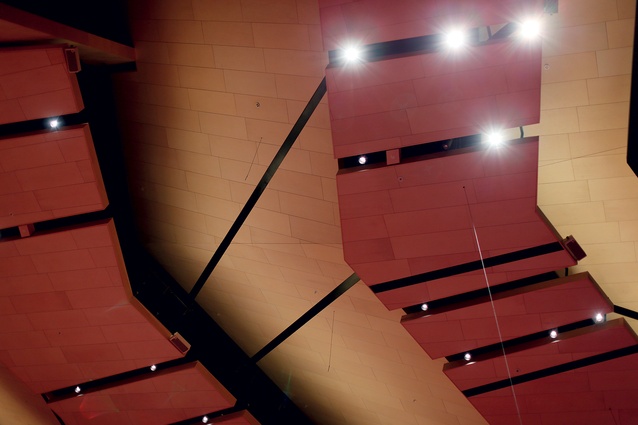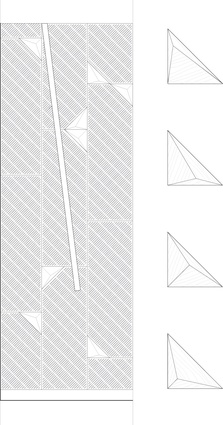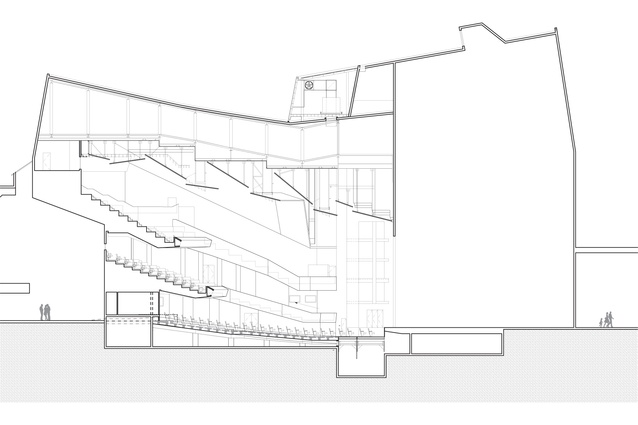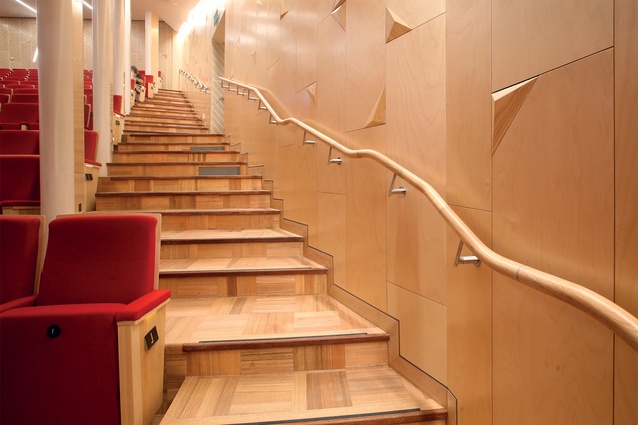ASB Theatre
The original Aotea Centre was not treated kindly upon inception. Its Auckland Council architect, Ewen Wainscott (who was also responsible for, among other things, the Auckland Central Library, and the impressive, and increasingly gentrified, City Works Depot on Victoria Street), was charged with designing the new building, which, ultimately, lacked visual connection with its surroundings. It was described as derivative of Alvar Aalto’s Finlandia Hall, in Helsinki, but while Aalto’s hall is a much-loved tourist destination (albeit one with its own design problems), Auckland’s version has tended to be an occasional visitor to prominent ugly buildings lists in local media.

According to reports, Wainscott’s early stages of the project were marred by bureaucracy and public criticism which, in turn, led to financial difficulties and delays (the first design was drawn in 1974, construction was completed in 1990). Although much a product of its time, the biggest compromise within the ASB Theatre (the main venue within the Aotea complex) seems to have been in acoustics and sight lines to the stage, as well a puzzling “speed bump” between the Owen’s Foyer and the entrance to the stalls.
“It was built in such a hurry that the drawings weren’t being coordinated, so either they built the theatre first or the Owen’s first, and they got the drawings wrong in alignment so they filled it up [the difference] with mass concrete,” which created a hill between the two spaces. “You couldn’t see the proscenium from the rear seats,” says Brendan Rawson, director of Ponsonby’s Archoffice and principal baton-holder of this renovation to the theatre.
Yet, despite its communal stoning, the venue had an inherent and refreshing grandiosity. “The theatre got a lot of unnecessarily bad press. But it was not the fault of the theatre design itself but more to do with the delivery on the day,” says Rawson. The stalls had a cathedral-like feel in their openness; the massive, black ceilings alluded to an empty night sky. Despite the fact that its brutalism (so common of public buildings of the era) and detailing didn’t age particularly well – the theatre has served as a permanent and much frequented fixture of the burgeoning Auckland theatre circuit. It has borne witness to the debut of innumerable and highly significant national performances. It has hosted impressive international acts such as the Royal Shakespeare Company, jazz icons Stephan Grappelli and trumpeter Wynton Marsalis, the classical music hilarity of Victor Borge, the troubled Marianne Faithful and popular mega-productions such as Celine Dion and Les Miserables .
On November 1, 2011 it witnessed yet another type of carefully choreographed act. Several construction teams – including seat removal, demolition experts, scaffolders, electricians, sprinkler technicians and others – moved in. In less than three months their tasks included, in broad strokes: bringing the building up to fire and accessibility standards, improving patron experience (i.e the notoriously weak acoustics, sight-lines to the stage, air conditioning and seating) and modernising the decor.
According to Rawson the venue required a two-stage, $15m construction programme, under a particularly tight schedule to ensure that the booked shows did go on.
“The pressure kept the whole team together,” he says. “There were no fights or arguments because everyone knew what was at stake.” He insists his firm’s reputation would have been dragged through the mud, and penalties of around $300,000 were on the line, should construction have interfered with the pre-booked performances.
Yet the phantom of Wainscott’s opera still loomed and Archoffice’s renovation also walked a fine line between success and disaster. One repercussion of central government allowing Sky City to build a controversial convention centre in Auckland was that the ASB Theatre no longer needed convention-centre-style seating – and, thus, a very last minute change to the chair design had to be implemented. Also, with work already underway, and with the seats and thousands of pieces of plywood for the paneling en route from Denmark, Ports of Auckland went on strike threatening yet again to derail the whole schedule. Boats were diverted to Tauranga, transport was arranged, while, inside the theatre, a fire protection paint system failed its initial testing.
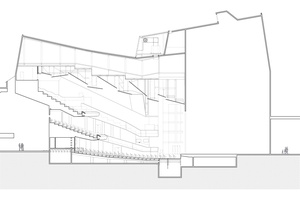
“After Stage One we knew that Stage Two was achievable,” says Rawson. “Nothing was going to give us a fright then, because we had already had everything that could go wrong… go wrong.” The drama of stage one came to a conclusion. Builders packed up. Coincidentally, a loosely architecturally based musical ( Taj Mahal ), went on stage days later, followed by 47 other shows. The New Zealand Ballet wrapped up its tutus and dancing shoes just in time for stage two of construction to begin and end without much of a glitch.
At first sight, the theatre feels cosier. Balconies and walls have gained additional girth due to new acoustic panels, the seating arrangement has gone from herringbone to a new, slight curvature, and the overall head space has diminished.
The most immediately striking feature is the Scandinavian tonality on the walls and the new parquet flooring. Traditionalists might see the light tones as something to grapple with; theatre design is, in a way, a form of picture framing where the permanent structure is secondary to the ever-changing worlds being created on it. Light tones, some say, might distract the audience from where the real focus should be: on the performance, not the structure around it.
Archoffice didn’t mind ruffling tradition a little. Indeed, they went slightly farther by including “diamond” shapes on the junctions between wall panellings. Rawson explains how they reflect some of the stage lighting, adding yet another element of “magic” to the performances – “sparkles” he calls them. A “virtual sound shell” (a series of microphones and speakers rather than the giant timber box and chains that was used to adjust how sound travelled out of the stage) has led to an already increasing amount of accolades over the improved aural capabilities of the space. The subtly modernised handrails on the balcony and circle areas (its former harsh peaks and falls have been tamed into more flowing forms) offer a small (perhaps too small?) element of continuity from the original interior. Some of the more overt design elements – light strips to the back wall, which are echoed in black on the ceiling panels and, perhaps also in the facade – quote Pacific navigation stick charts.
“One thing I set out to do very early on was to get our work peer-reviewed,” says Rawson, who goes on to list a group of collaborators which includes architects from the Sydney Opera House, acoustic engineers Marshall Day, and theatre academic Dorita Hannah (who looked at the whole issue of traditionalism and the new colour palette of the space).
The renovation performance ended earlier this year (although there are plans for further works at Aotea Centre), the critics have spoken favourably and, speaking to Rawson, you suspect the risk has been worth the reward. “It was very high risk stuff all round for everyone involved… which makes it even more special once you see the result.”

